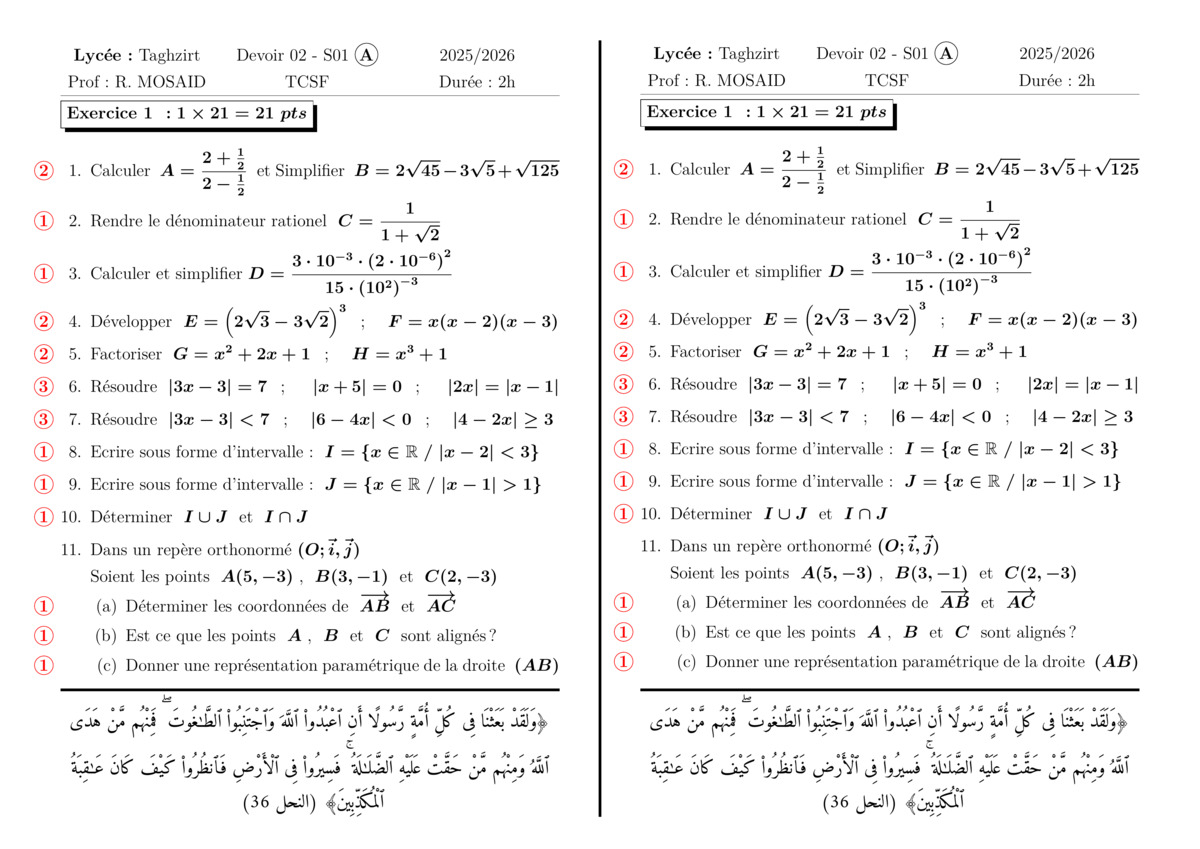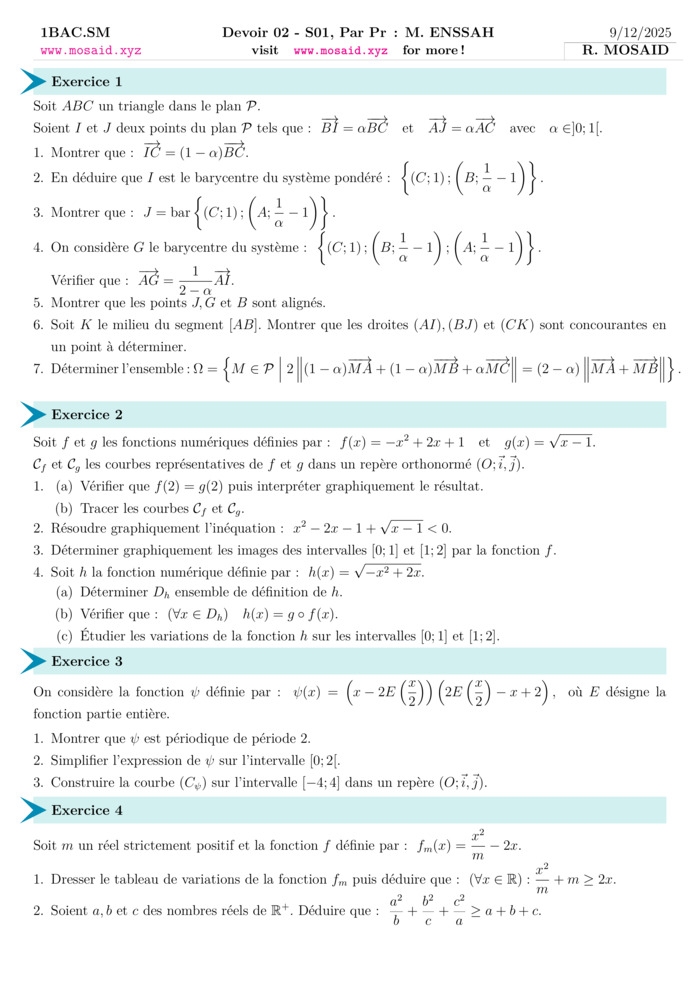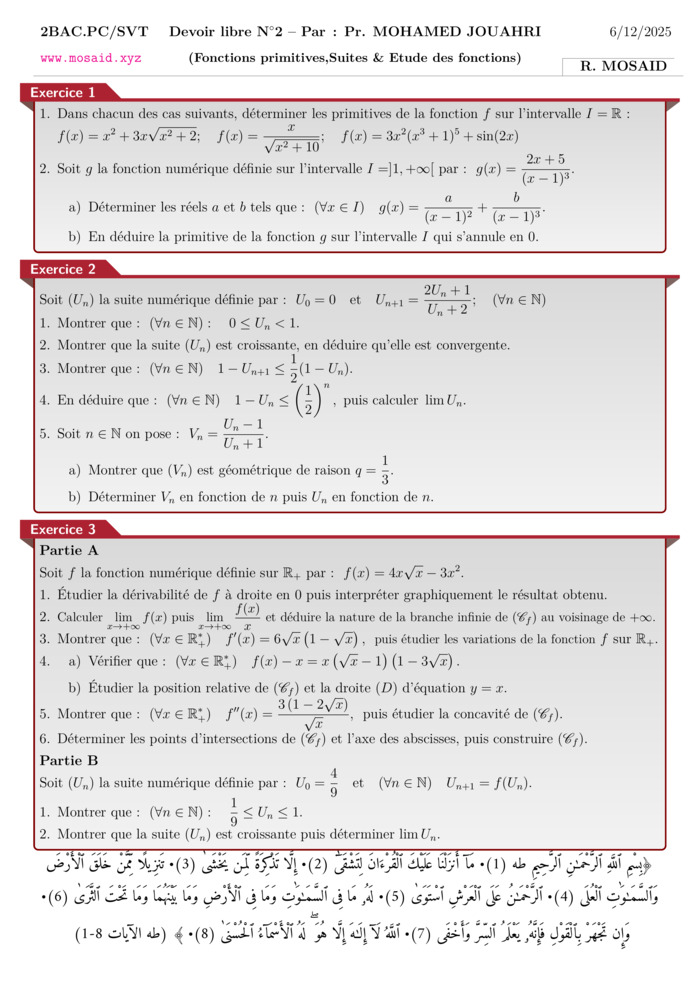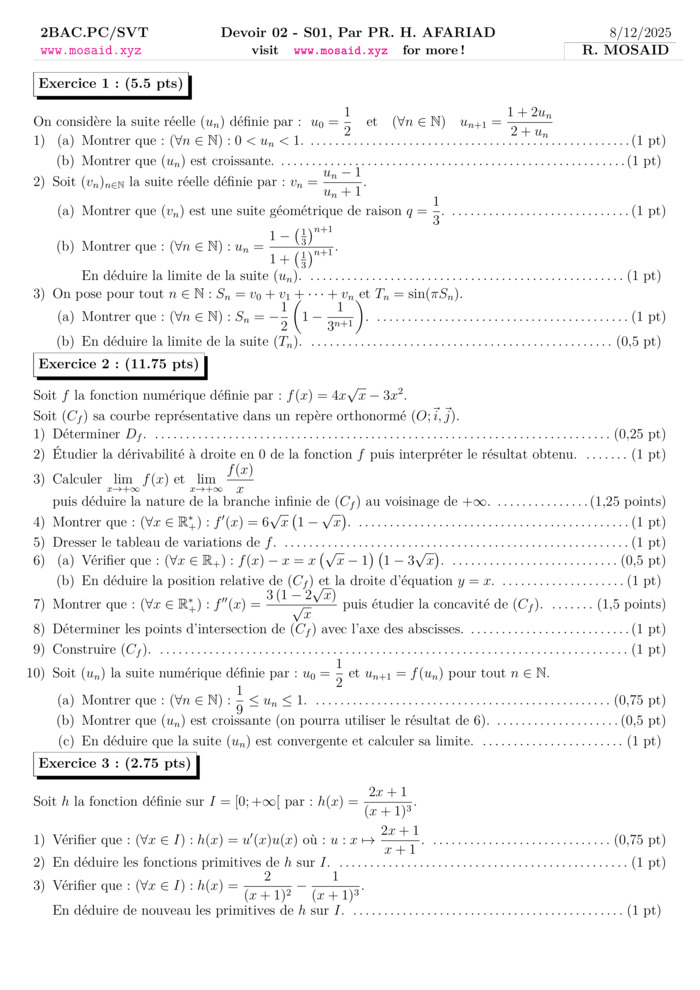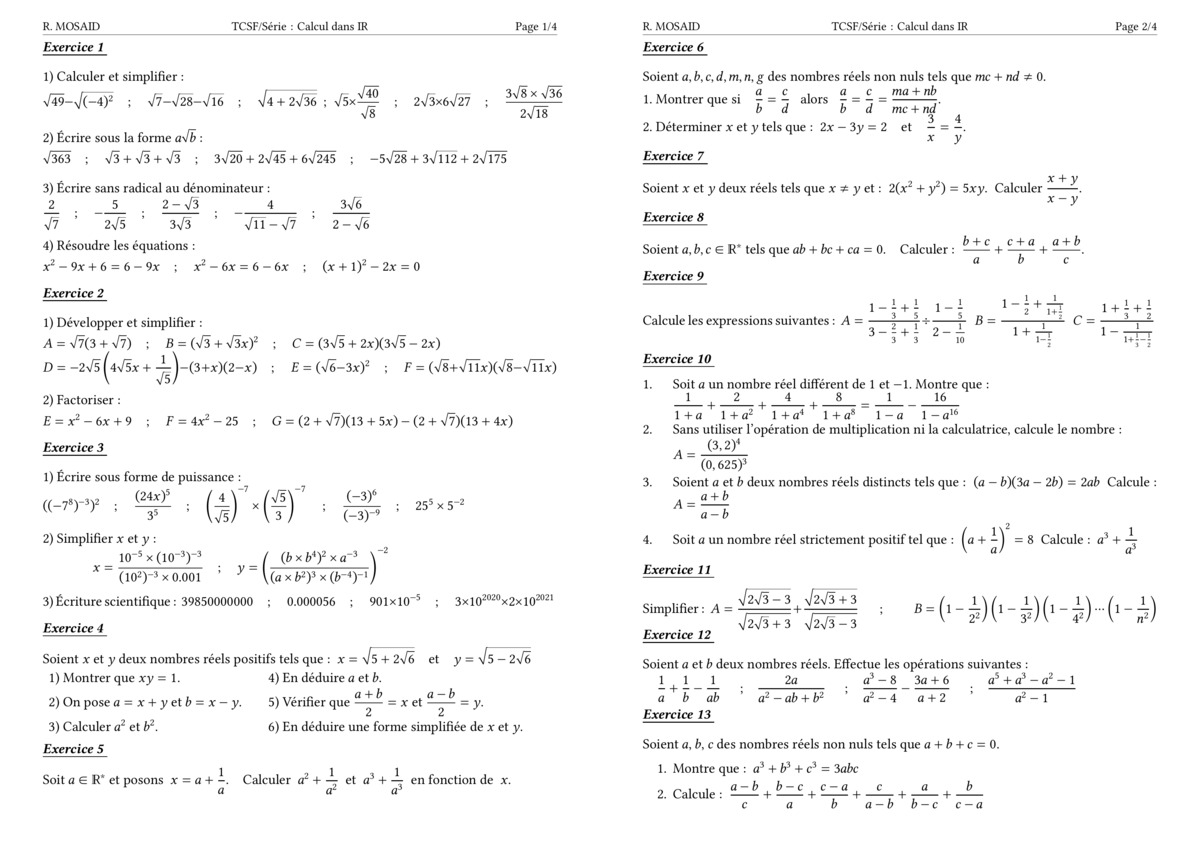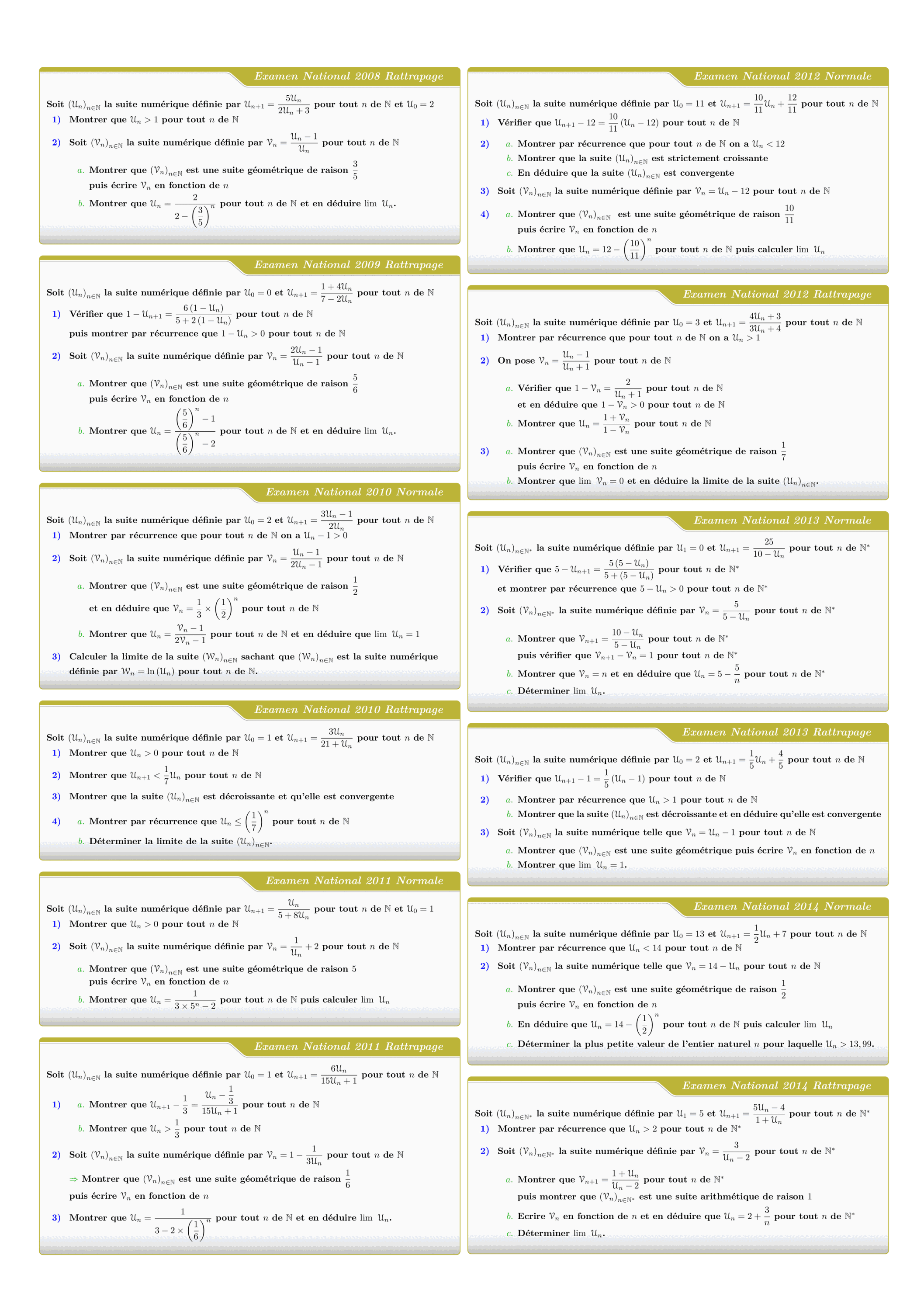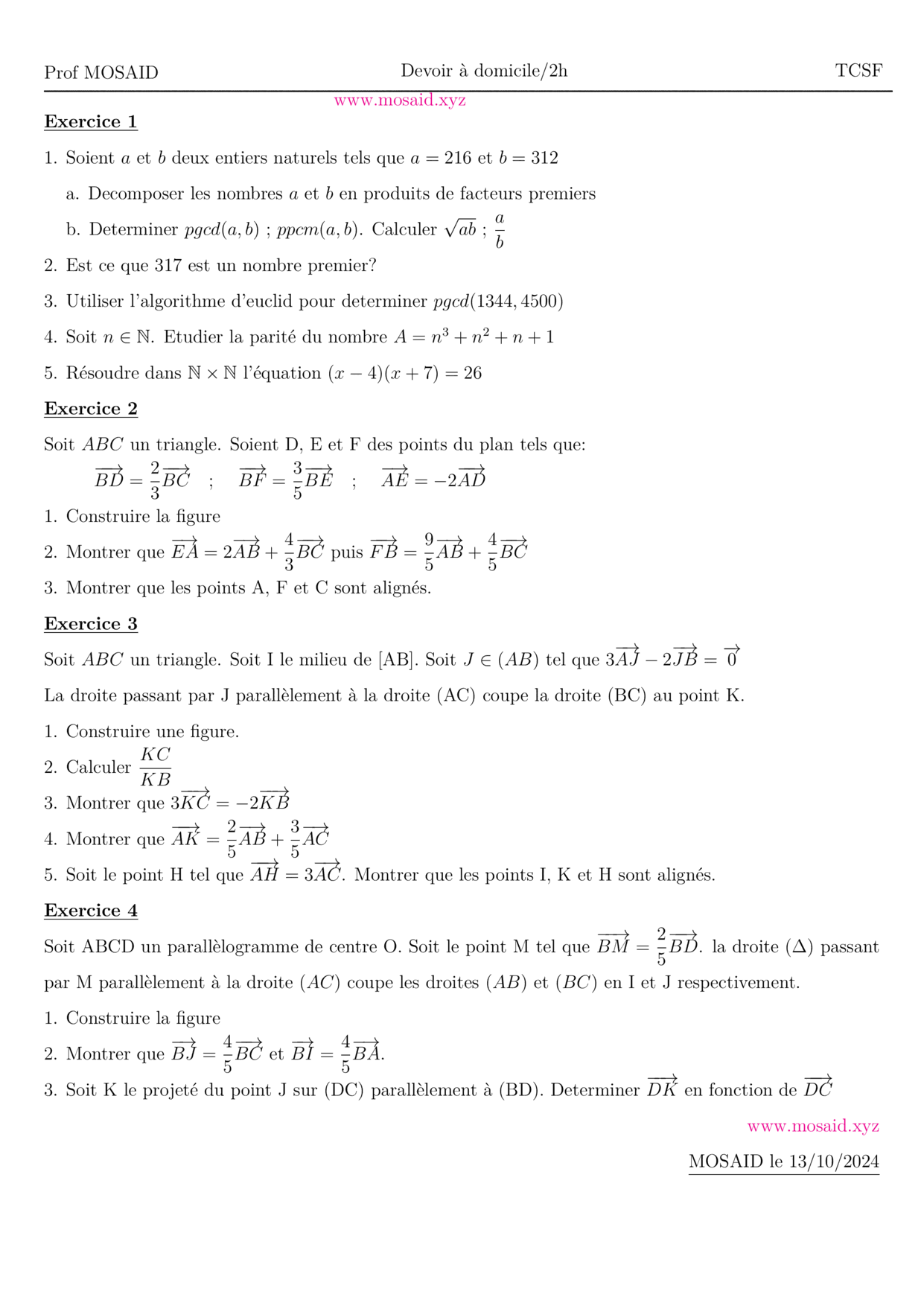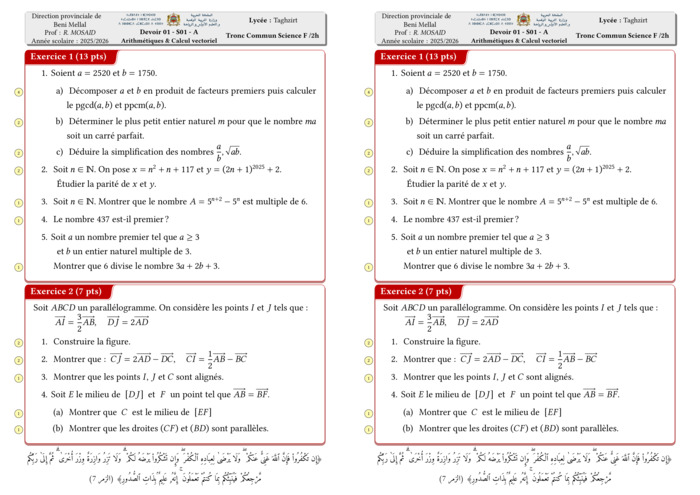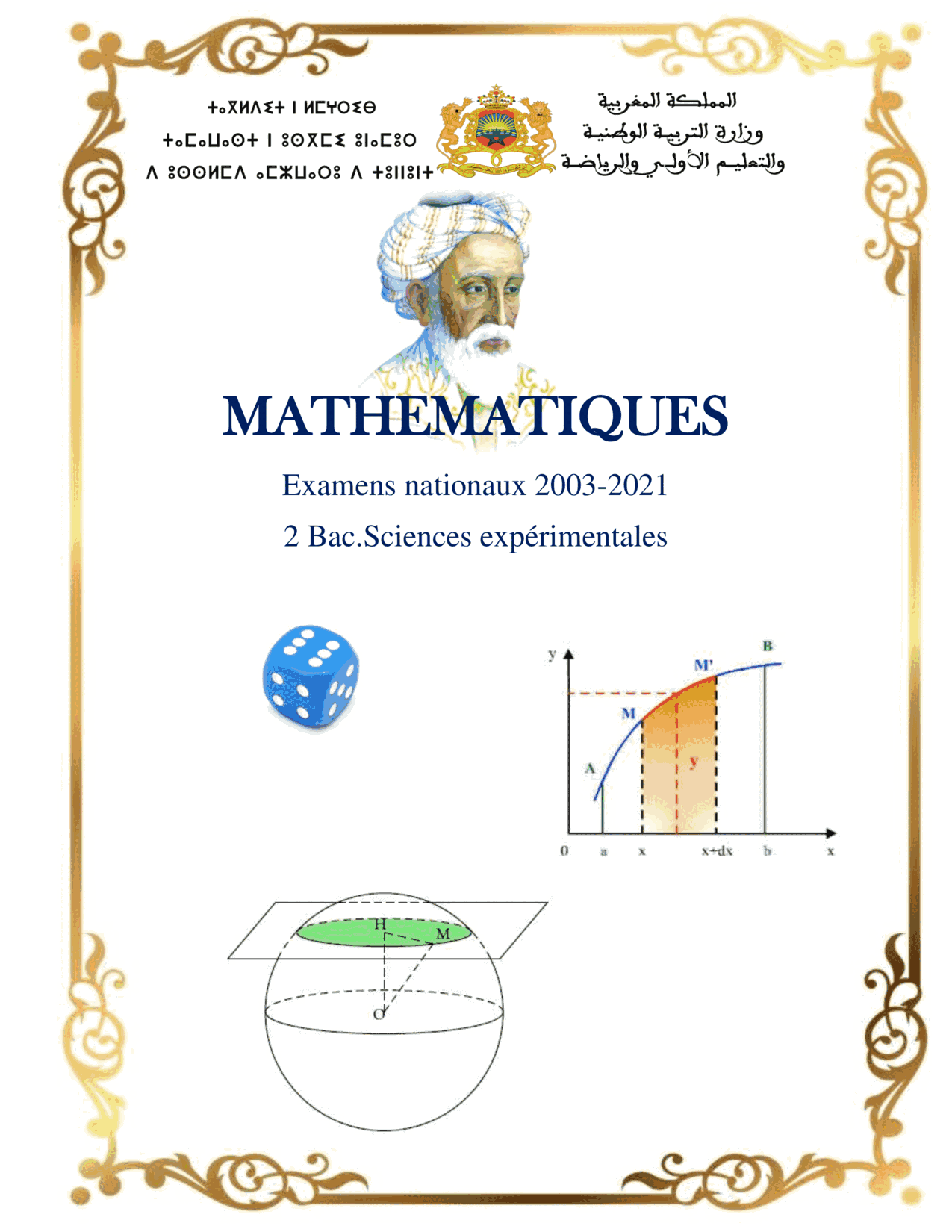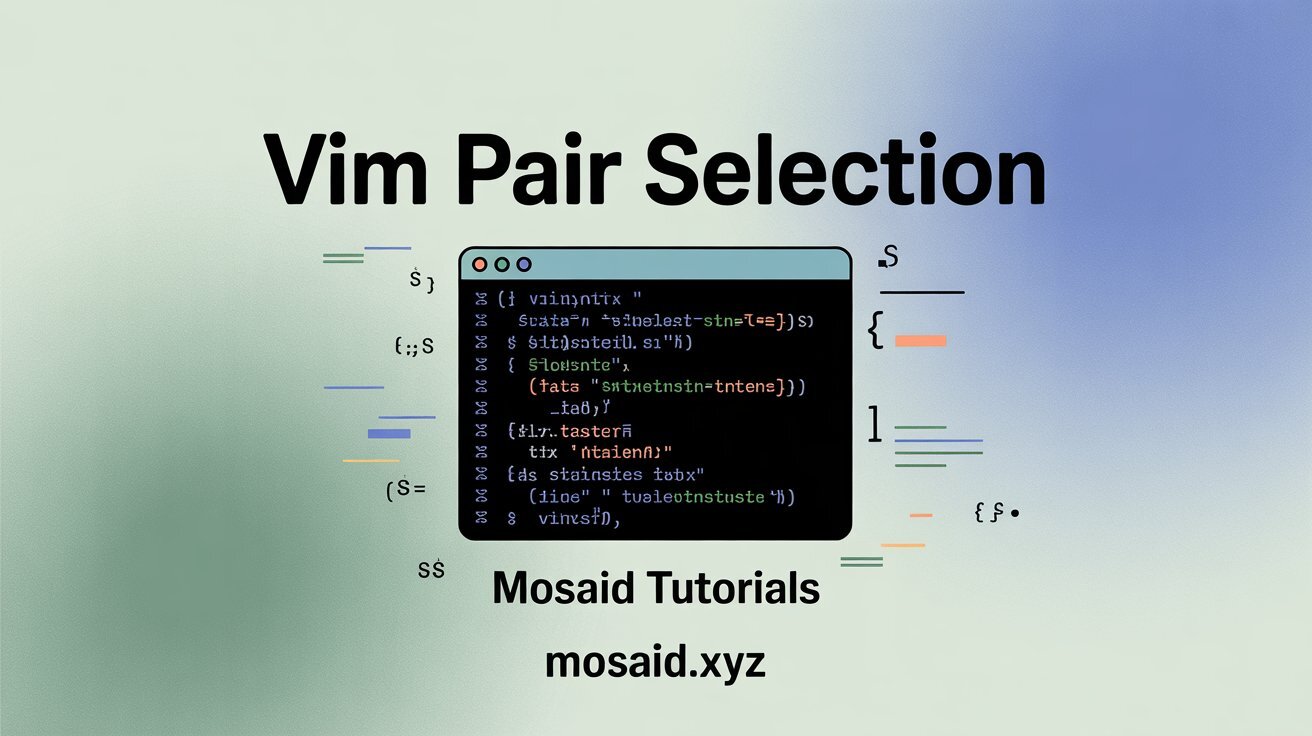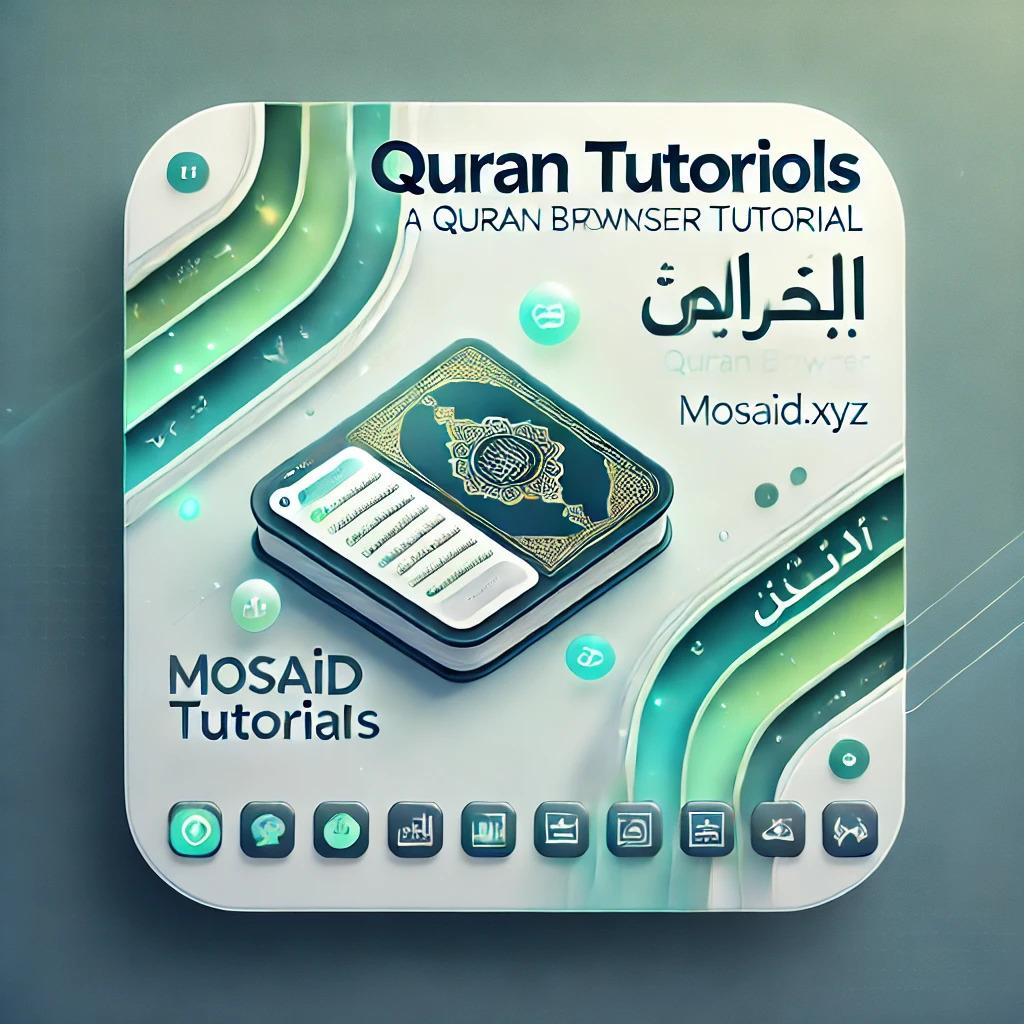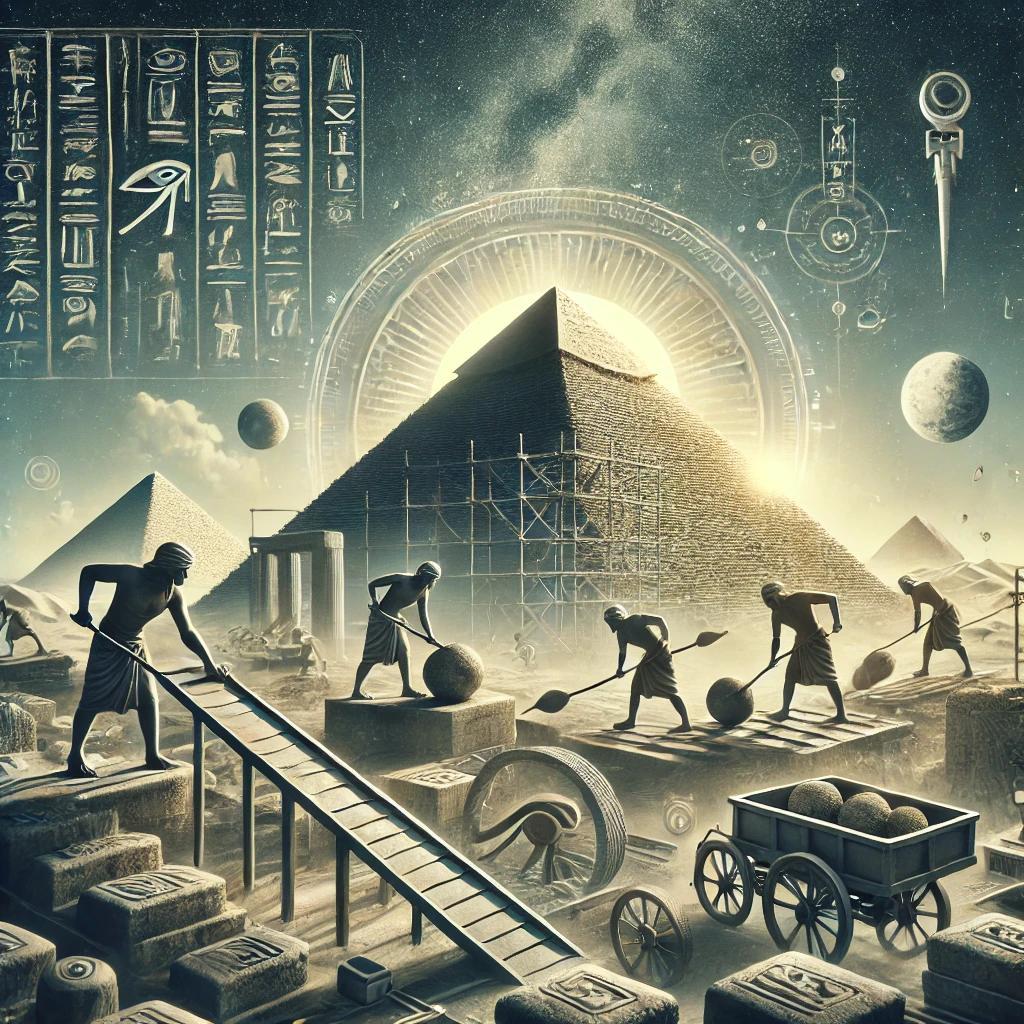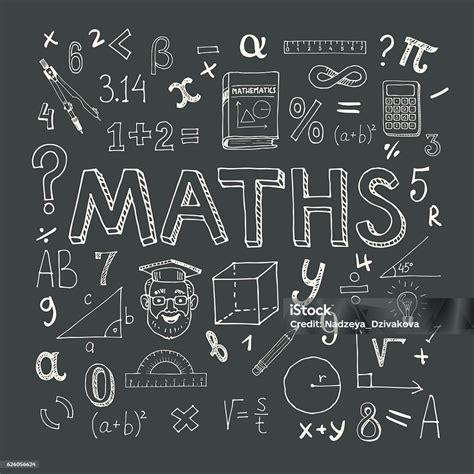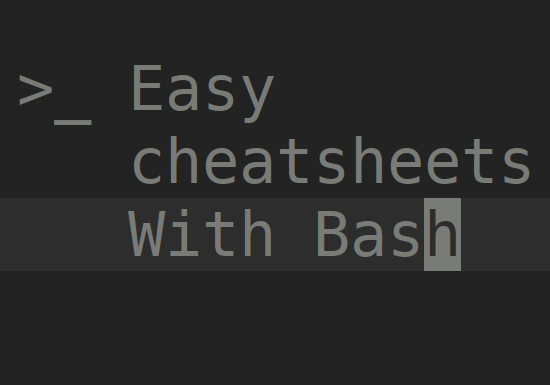Correction Control 1 (B) : Artithmetiques, Calcul vectoriel et projection
📅 October 31, 2024 | 👁️ Views: 252

\documentclass[12pt,a4paper]{article}
\usepackage{tabularx}
\usepackage{booktabs}
\usepackage{ragged2e}
\usepackage[left=1.00cm, right=1.00cm, top=0.50cm, bottom=2cm]{geometry}
\usepackage{amsmath,amsfonts,amssymb}
\usepackage{fontspec}
\usepackage{mathrsfs}
\usepackage{setspace}
\usepackage{multirow,multicol}
\usepackage{xcolor}
\usepackage{bm} % for bold math
\usepackage[ddmmyyyy]{datetime}
\usepackage{tikz,tkz-tab}
\usetikzlibrary{shapes,decorations.text,calc}
\usepackage{hyperref}
\setstretch{1.7}
\setlength{\columnsep}{0.4cm} % Adjust space between columns
\setlength{\columnseprule}{0.4pt} % Width of the vertical line
\hypersetup{
colorlinks=true,
linkcolor=blue
}
\newcommand{\mylink}{\href{https://mosaid.xyz/cc}{www.mosaid.xyz}}
\newcommand{\ccc}[1]{
\begin{tikzpicture}[overlay, remember picture]
\node[circle, inner sep=3pt, draw=black, outer sep=0pt] at (0.5,0.2) {#1};
\end{tikzpicture}
}
\newcommand{\stamp}[2]{
\begin{tikzpicture}[remember picture, overlay]
\coordinate (A) at (#1,#2);
\draw[red!50] (A) circle (1.9cm);
% Draw the inner circle
\draw[red!50] (A) circle (1.4cm);
% Draw the curved line
\draw[red!50, decorate, decoration={text along path,
text={|\fontspec{DejaVu Sans}\color{red!75}\bfseries|★MOSAID RADOUAN★},
text align={align=center}, raise=-3pt}] (A) ++ (180:1.6cm) arc (180:0:1.6cm);
\draw[decorate, decoration={text along path,
text={|\fontspec{DejaVu Sans}\color{red!75}\bfseries|∞★~mosaid.xyz~★∞ },
text align={align=center}, raise=-6.5pt}] (A) ++ (180:1.53cm) arc (-180:0:1.53cm);
\node[red!75,font=\fontsize{48}{48}\fontspec{DejaVu Sans}\bfseries\selectfont] at (A) {✷};
\end{tikzpicture}
}
\everymath{\displaystyle}
\begin{document}
\noindent
\begin{center}
\begin{tabular}{@{}p{0.22\textwidth}p{0.57\textwidth}p{0.17\textwidth}}
%\toprule
\multirow{2}{*}{\parbox{\linewidth}{Prof MOSAID \newline \mylink }}
& \Centering {Correction Control N 01 - \ccc{B}} & \hfill TCS \\
\bottomrule
\end{tabular}
\end{center}
\noindent
\textbf{\underline{Exercice 1:}}\\
\noindent
Soient $x=3600$ et $y=1350$\\
1.a la décomposition:\\
On a $x=3600=36 \times 100=6 \times 6 \times 10 \times 10=
3 \times 2 \times 3 \times 2 \times 2 \times 5 \times 2 \times 5=\mathbf{2^4 \times 3^2 \times 5^2}$\\
On a $y=1350=135 \times 10 = 135 \times 2 \times 5$\\
On Décompose 135:\hspace*{3.5cm}
\begin{tabular}{r|l}
135&5\\
27&3\\
9&3\\
3&3\\
1&\\
\end{tabular}
~~Donc~~ $y=5 \times 3^3 \times 2 \times 5=\mathbf{2 \times 3^3 \times 5^2}$\\[0.5cm]
On a $pgcd(x,y)=2 \times 3^2 \times 5^2 $ ~~~et~~~ $ppcm(x,y)=2^4 \times 3^3 \times 5^2$\\
On a $\sqrt{xy}=\sqrt{2^4 \times 3^2 \times 5^2 \times 2 \times 3^3 \times 5^2 }=
\sqrt{(2^2)^2} \times 3 \times 5 \times \sqrt{2 \times 3^2 \times 3} \times 5$\\
$~~~~~~~~\qquad=2^2 \times 3 \times 5 \times \sqrt{2 \times 3} \times 3 \times 5=
2^2 \times 3^2 \times 5^2 \sqrt{6}=900\sqrt{6}$\\
On a $\frac{x}{y}=\frac{2^4 \times 3^2 \times 5^2}{2 \times 3^3 \times 5^2}=\frac{2^3}{3}=\frac{8}{3}$\\
2. On a $\sqrt{437}=20.9$. les nombres premiers inférieurs ou égals à $\sqrt371$ sont 2,3,5,7,11,13,17 et 19\\
On a 437 n'est pas divisible par 2 car impaire\\
on a $4+3+7=14$ donc il n'est pas divisible par 3\\
aussi il n'est pas divisible par 5\\
On effectue la division euclidienne par 7 on trouve $437\div 7=62.42$\\
On effectue la division euclidienne par 11 on trouve $437\div 11=39.72$\\
On effectue la division euclidienne par 13 on trouve $437\div 13=33.61$\\
On effectue la division euclidienne par 17 on trouve $437\div 17=25.70$\\
On effectue la division euclidienne par 19 on trouve $437= 19 \times 23$\\
Donc 437 n'est pas premier.\\
\stamp{15}{5}
3. Soit $n\in\mathbb{N}$. On a $a=n^2+11n+5=n^2+n+10n+4+1=n(n+1)+10n+4+1$\\
On sait que $n(n+1)=2k$ car produit de deux nombres successifs.\\
donc $a=2k+10n+4+1=2(k+5n+2)+1$ donc \textbf{a est impaire quel que soit l'entier $n$}\\
On peut aussi l'etudier selon la parité de $n$ càd $n=2k$ ou $n=2k+1$ et essayer de
factoriser par 2 comme on a vu dans le cours.\\
4. On a $D_{39}=\{1,39,3,13\}$\\
donc
$
\begin{cases}
x-4=1\\
y+7=39
\end{cases}
$
ou
$
\begin{cases}
x-4=39\\
y+7=1
\end{cases}
$
ou
$
\begin{cases}
x-4=3\\
y+7=13
\end{cases}
$
ou
$
\begin{cases}
x-4=13\\
y+7=3
\end{cases}
$
\\
donc
$
\begin{cases}
x=5\\
y=32
\end{cases}
$
ou
$
\begin{cases}
x=41\\
y=-6
\end{cases}
$
ou
$
\begin{cases}
x=7\\
y=6
\end{cases}
$
ou
$
\begin{cases}
x=9\\
y=-4
\end{cases}
$
\\[0.5cm]
Alors les solutions de l'équation sont les couples $(5,32)$~et~$(7,6)$\\
\noindent
\textbf{\underline{Exercice 2:}}\\
1. La figure:\\
$\overrightarrow{DB}=-\frac{2}{3}\overrightarrow{BC}$~donc~$\overrightarrow{BD}=\frac{2}{3}\overrightarrow{BC}$\\
$\overrightarrow{DM}=2\overrightarrow{DA}$\\
$4\overrightarrow{BN}=-3\overrightarrow{MB}$~donc~$\overrightarrow{BN}=\frac{3}{4}\overrightarrow{BM}$\\[1cm]
\hspace*{10cm}
\begin{tikzpicture}[remember picture, overlay]
\coordinate (A) at (5,5);
\coordinate (B) at (3,2);
\coordinate (C) at (6,2);
\coordinate (D) at ($(B)!0.666!(C)$);
\coordinate (M) at ($(D)!2!(A)$);
\coordinate (N) at ($(B)!0.75!(M)$);
\draw (A) -- (B) -- (C) -- cycle;
\draw (N) -- (M);
\draw[->,thick,blue] (D) -- (B);
\draw[->,thick,red] (D) -- (M);
\draw[->,thick,red!75] (B) -- (N);
\node[above right] at (A) {A};
\node[below left] at (B) {B};
\node[below right] at (C) {C};
\node[above left] at (D) {D};
\node[above right] at (M) {M};
\node[above left] at (N) {N};
\node[thick, font=\tiny, rotate=-30] at ($(B)!0.333!(C)$) {|};
\node[thick, font=\tiny, rotate=30] at ($(B)!0.25!(M)$) {|};
\node[thick, font=\tiny, rotate=30] at ($(B)!0.5!(M)$) {|};
\end{tikzpicture}
\stamp{-1}{3}\\[-1cm]
2. Montrer que
$\overrightarrow{MB}=\frac{4}{3}\overrightarrow{AB}+\frac{2}{3}\overrightarrow{AC}$~~~~et~~~~~
$\overrightarrow{NB}=\overrightarrow{AB}+\frac{1}{2}\overrightarrow{AC}$\\
\begin{minipage}[t]{0.45\textwidth}
{\large\textbullet} On a $\overrightarrow{DM}=2\overrightarrow{DA}$\\
donc $\overrightarrow{DB}+\overrightarrow{BM}=2\overrightarrow{DA}$\\
donc $\overrightarrow{DA}+\overrightarrow{AB}+\overrightarrow{BM}=2\overrightarrow{DA}$\\
donc $\overrightarrow{AB}+\overrightarrow{BM}=\overrightarrow{DA}$\\
donc $\overrightarrow{BM}=-\overrightarrow{AB}+\textcolor{red}{\overrightarrow{DC}}+\overrightarrow{CA}$\\
donc $\overrightarrow{BM}=-\overrightarrow{AB}+\textcolor{red}{\frac{1}{3}\overrightarrow{BC}}-\overrightarrow{AC}$\\
donc $\overrightarrow{BM}=-\overrightarrow{AB}+
\textcolor{red}{\frac{1}{3}\overrightarrow{BA}+\frac{1}{3}\overrightarrow{AC}}-\overrightarrow{AC}$\\
donc $\overrightarrow{BM}=-\frac{3}{3}\overrightarrow{AB}+
-\frac{1}{3}\overrightarrow{AB}+\frac{1}{3}\overrightarrow{AC}-\frac{3}{3}\overrightarrow{AC}$\\
donc $\overrightarrow{BM}=-\frac{4}{3}\overrightarrow{AB}-\frac{2}{3}\overrightarrow{AC}$\\
Alors $\mathbf{\overrightarrow{\bm{MB}}=\frac{4}{3}\overrightarrow{\bm{AB}}+\frac{2}{3}\overrightarrow{\bm{AC}}}$\\
{\large\textbullet} On a $4\overrightarrow{BN}=-3\overrightarrow{MB}$\\
donc $4\overrightarrow{BN}=-3(\frac{4}{3}\overrightarrow{AB}+\frac{2}{3}\overrightarrow{AC})$\\
donc $\overrightarrow{BN}=-3(\frac{4}{3 \times 4}\overrightarrow{AB}+\frac{2}{3 \times 4}\overrightarrow{AC})$\\
donc $\overrightarrow{BN}=-\frac{3 \times 4}{3 \times 4}\overrightarrow{AB}-\frac{3 \times 2}{3 \times 4}\overrightarrow{AC}$\\
donc $\overrightarrow{BN}=-\overrightarrow{AB}-\frac{1}{2}\overrightarrow{AC}$\\
Alors $\mathbf{\overrightarrow{\bm{NB}}=\overrightarrow{\bm{AB}}+\frac{1}{2}\overrightarrow{\bm{AC}}}$\\
\end{minipage}
\hspace*{0.1cm}\vline\hspace{0.1cm}
\begin{minipage}[t]{0.4\textwidth}
3. Montrer que les points A, C et N sont alignés.\\
On a
$\overrightarrow{NB}=\overrightarrow{AB}+\frac{1}{2}\overrightarrow{AC}$\\
donc
$\overrightarrow{NA}+\overrightarrow{AB}=\overrightarrow{AB}+\frac{1}{2}\overrightarrow{AC}$\\
alors
$\overrightarrow{NA}=\frac{1}{2}\overrightarrow{AC}$\\
alors $\overrightarrow{NA}$ et $\overrightarrow{AC}$ sont colinéaires.\\
donc les points A, C et N sont alignés.\\
4. Montrer que les points M, B et N sont alignés.
On a $4\overrightarrow{BN}=-3\overrightarrow{MB}$\\
donc $\overrightarrow{BN}=\frac{3}{4}\overrightarrow{BM}$\\
alors $\overrightarrow{BN}$ et $\overrightarrow{BM}$ sont colinéaires.\\
Alors les points M, B et N sont alignés.\\
\end{minipage}
\textcolor{white}{.}\hfill \underline{MOSAID le \today}\\
\vspace*{-1cm}
\textcolor{white}{.}\hfill \mylink
\end{document}
Related Courses, Exams, and Exercises
Solution PDF:
📥 Download Correction Control 1 (B) : Artithmetiques, Calcul vectoriel et projection (PDF)
if you find this content helpful, Please consider supporting me with a small donation
إن وجدت هذا المحتوى مفيدا، من فضلك إدعمني بمبلغ بسيط كتبرع
Buy me a coffee — إشتر لي قهوة
PayPal.me • عبر بايبالOr bank transfer • أو حوالة بنكية
Titulaire : RADOUAN MOSAID RIB : 230 090 6501953211022000 65 IBAN : MA64 2300 9065 0195 3211 0220 0065 BIC / SWIFT : CIHMMAMC
